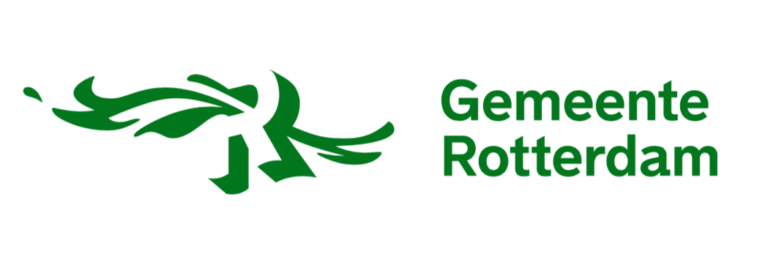Erasmus bridge in 25 iconic images
The Erasmus Bridge celebrates its 25th anniversary! In this collection we take you to 25 memorable moments when ‘the Swan’ was the shining centerpiece. From the arrival in her home port, the opening by Queen Beatrix to the light show during the Eurovision Song Contest.
Related brand partners
Media library for this story
No items found
